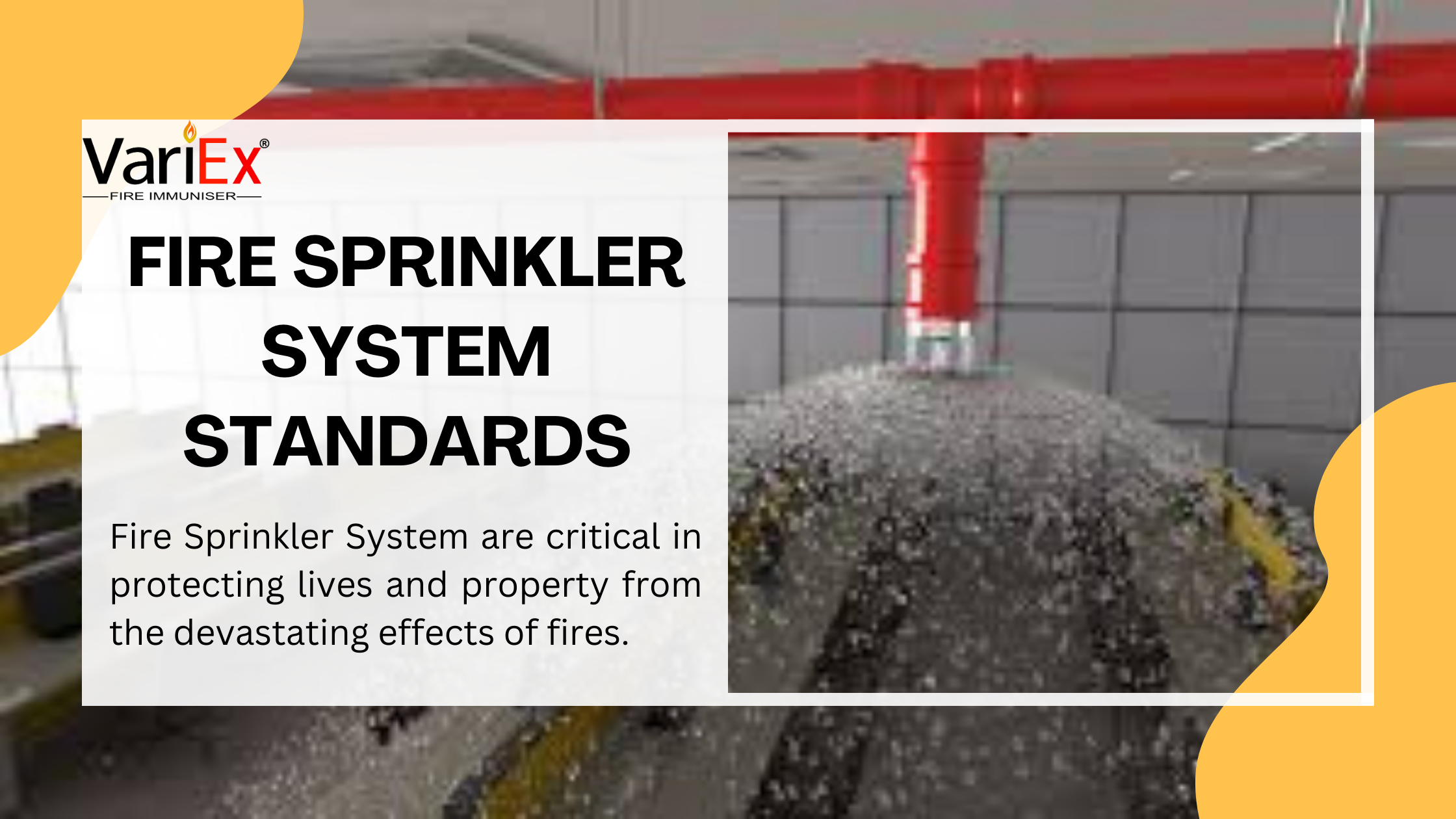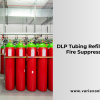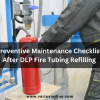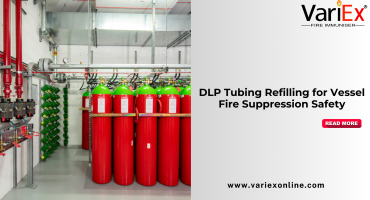![]()
Fire Immuniser
+91-7829629111
Email: info@variex.in
Varistor Technologies Pvt. Ltd.
Block-1, First Floor, Ardente Office One, Hoodi Circle, ITPL Main Road, Bengaluru, Karnataka 560048, IN
Fire Sprinkler System Standards
Frequently Asked Questions
Fire sprinkler system standards are guidelines established by organizations such as the National Fire Protection Association (NFPA), the International Code Council (ICC), and local building codes. They provide requirements for the design, installation, and maintenance of fire sprinkler systems.
Standards ensure that fire sprinkler systems are designed, installed, and maintained properly to effectively suppress fires and protect lives and property. Compliance with standards is often required by regulations and codes to ensure safety.
Fire sprinkler system standards are developed by organizations like NFPA, ICC, and international bodies such as the International Organization for Standardization (ISO) and the European Committee for Standardization (CEN).
NFPA standards, such as NFPA 13 and NFPA 25, cover various aspects of fire sprinkler systems, including design, installation, inspection, testing, and maintenance requirements.
ICC standards, found in the International Building Code (IBC) and International Fire Code (IFC), specify provisions related to fire sprinkler system design, installation, and maintenance in new and existing buildings.
Final Say
At VariEx.in and VariexOnline.com, we specialize in supplying and installing top-quality fire fighting systems and equipment. From fire extinguishers to advanced suppression systems, we offer comprehensive solutions tailored to your needs. Our experienced team ensures precise installation and maintenance for optimal safety.
Trust VariEx for reliable fire protection. Contact us online or call 7829629111 to learn more.
"WHAT YOU CAN READ NEXT"
 Read more +24 November 2023 in Fire Extinguisher
Read more +24 November 2023 in Fire ExtinguisherWhat types of fire extinguishers are available for different fire classes?
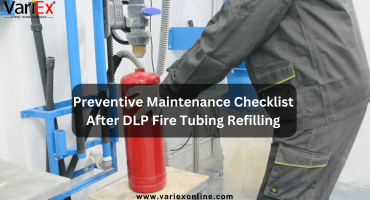 Read more +11 July 2025 in Fire Suppression
Read more +11 July 2025 in Fire Suppression

